Description
Ramirezi Fish (Mikrogeophagus ramirezi) – Complete Overview
The Ramirezi fish, commonly known as the German Blue Ram, is a vibrant, peaceful freshwater fish native to the slow-moving rivers and streams of South America. Highly prized by aquarists, Ramirezi fish are part of the cichlid family and offer an attractive option for aquariums due to their vivid coloration, peaceful temperament, and moderate care requirements.
Appearance and Color Variants
The Ramirezi fish is recognized for its striking colors. It typically has a body with shades of iridescent blue, yellow, and orange, complemented by deep red eyes and black markings on the face and dorsal fins. There are also several popular variants, including:
- German Blue Ram: Most popular, with bright metallic blue hues across its body.
- Electric Blue Ram: A more intense blue variant with fewer black markings.
- Gold Ram: Features a pale yellow to golden body with subtle blue accents.
- Balloon Ram: A unique, selectively bred variety with a shorter, rounder body.
Behavior and Compatibility
Ramirezi fish are peaceful and social, making them ideal for community aquariums. Unlike many cichlids, they are non-aggressive, though they may exhibit territorial behavior during breeding. They prefer the company of smaller, non-aggressive tank mates such as:
- Neon Tetras
- Guppies
- Corydoras Catfish
- Dwarf Gouramis
They also do well when kept in pairs or small groups, but it is essential to provide adequate hiding spots to reduce stress.
Tank Requirements
Creating an optimal environment is key to ensuring the health and longevity of Ramirezi fish. Here are the ideal tank conditions:
- Tank Size: Minimum of 20 gallons (75 liters) for a pair.
- Water Temperature: 24°C to 28°C (75°F to 82°F)
- pH Range: 5.5 to 7.0 (prefer soft, slightly acidic water)
- Water Hardness: 6 to 10 dGH
- Tank Setup: Use fine sand substrate, driftwood, rocks, and live plants such as Anubias or Java Fern to mimic their natural habitat. They prefer moderate lighting and areas of dimness for security.
Regular water changes are crucial, as Ramirezi fish are sensitive to poor water quality. The tank must also have a gentle filtration system since they prefer calm waters.
Diet and Feeding
Ramirezi fish are omnivorous and benefit from a varied diet. They readily accept high-quality pellets and flakes, but their diet should also include:
- Live or frozen foods (bloodworms, brine shrimp, and daphnia)
- Vegetables such as spinach or blanched peas
- Specialized cichlid pellets
Feeding them 2-3 times a day in small portions ensures they stay active and healthy without causing excess waste.
Breeding
Ramirezi fish are egg layers and can breed successfully in captivity with the right conditions. To encourage spawning:
- Raise the water temperature to 26°C to 28°C (79°F to 82°F).
- Ensure pH remains around 6.5.
- Provide flat surfaces or broad leaves for the female to lay eggs.
Once the female lays her eggs, the pair will guard them until they hatch within 2-4 days. After hatching, the parents may move the fry to safer areas of the tank. However, it’s important to monitor parental behavior, as some pairs may eat their fry.
Common Health Issues
Ramirezi fish are generally hardy but are prone to certain diseases, such as:
- Ich (White Spot Disease): Can be treated by raising the water temperature and using aquarium-safe medications.
- Fin Rot: Prevented by maintaining good water conditions.
- Stress-related Illnesses: Avoid overcrowding and maintain stable water parameters to reduce stress.
Regular observation and immediate treatment are essential to prevent severe health problems.
Conclusion
The Ramirezi fish is an excellent choice for aquarists looking for a beautiful, peaceful species that adds vibrancy to their tanks. Though they require specific water conditions and attentive care, their stunning colors and charming behavior make them well worth the effort. With proper care, these fish can thrive in community setups and even breed, offering aquarists a rewarding experience.

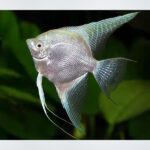
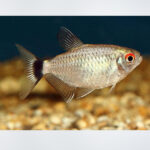
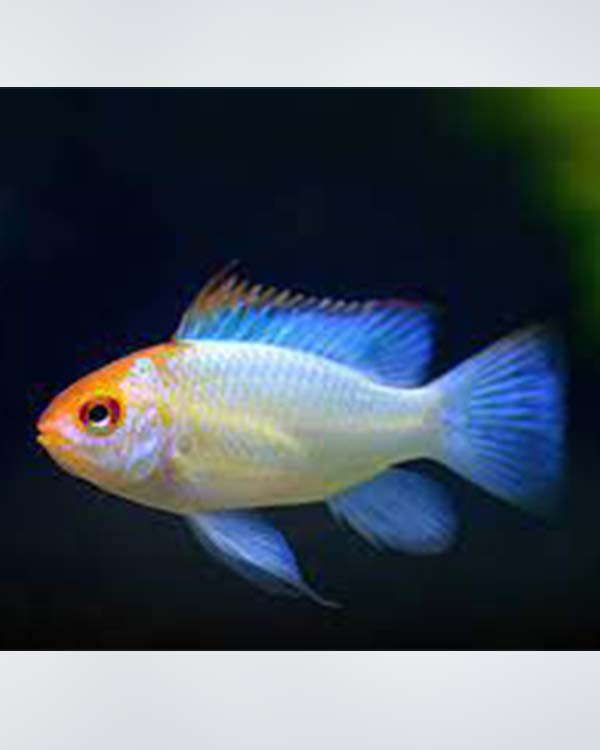

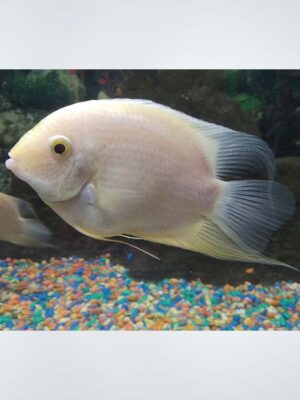
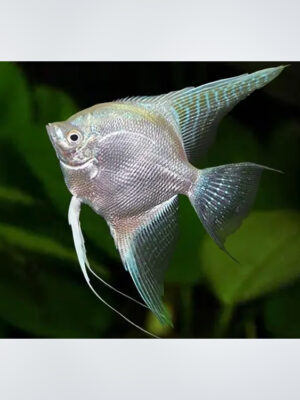
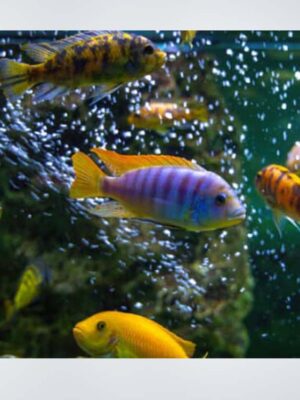
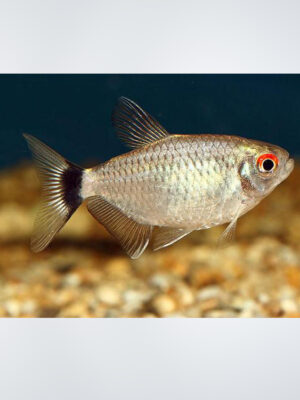
Reviews
There are no reviews yet.